**Note: This page is for educational inspiration and is not officially affiliated with the European Bat Conservation Trust (EUROBATS), which organises International Bat Night. For official information about bats and their conservation, please visit the EUROBATS website (www.eurobats.org) or your local bat conservation trust.
Saturday 29th - Sunday 30th August 2026
Understanding International Bat Night in EYFS & KS1
Swoop into action! International Bat Night is an annual event that takes place at the end of August across more than 30 countries to raise awareness about bats and their conservation. Organised by EUROBATS (Agreement on the Conservation of Populations of European Bats), it aims to dispel myths and highlight the vital role bats play in our ecosystem.
For early years settings, nurseries, preschools, childminders, and Year 1 and Year 2 classrooms, this event provides a fantastic opportunity to explore nocturnal animals, mammals, and conservation. It's about sparking curiosity, challenging misconceptions, and fostering an appreciation for these often-misunderstood creatures. International Bat Night offers engaging planning ideas and inspiration for activities that truly resonate with young minds, making learning about wildlife and biodiversity both intriguing and educational.
Why Is Teaching About Bats & Conservation Important for Young Children?
Integrating lessons about bats and their unique place in the natural world into your practice with young children (aged 0-7) is incredibly important for fostering scientific curiosity, ecological understanding, and a deep appreciation for all creatures. During their early years, children benefit from learning about a wide range of animals, including those that are less familiar or sometimes perceived negatively.
Challenging Stereotypes: Teaching about bats helps dispel common fears or misconceptions, promoting a more balanced view of these important animals.
Understanding Adaptations: Bats are unique mammals that can fly, offering a great example of animal adaptations (e.g., echolocation, nocturnal behaviour).
Ecosystem Roles: Learning about bats highlights their crucial roles, such as insect control and pollination, demonstrating how different species contribute to a healthy environment.
Conservation Awareness: Bats face threats like habitat loss, providing a concrete example of why conservation is important and how human actions impact wildlife.
Literacy and Numeracy: Bat themes naturally lend themselves to learning new vocabulary, counting, and pattern recognition, as seen in many of our animal resources.
Engaging Bat & Animal Activities for International Bat Night (0-7 Year Olds)
Make International Bat Night a truly fascinating experience with these planning ideas and activities perfect for EYFS and KS1 children. The focus is on discovery, creativity, and celebrating these incredible flying mammals and other nocturnal animals! Many of these early years and year 1 activities can be supported by the printable resources we have available.
Here's some inspiration for bringing the mystery and wonder of bats into your setting: (Please use your own discretion and knowledge of your children to ensure appropriateness of each activity and safety concerning any materials given and activity undertaken.)
Bat Movement & Role-Play: Encourage children to move like bats – flapping their "wings" (arms), and using "echolocation" (making clicking sounds and listening for echoes).
Bat Art & Mindfulness Colouring: Provide opportunities for children to draw or paint bats, focusing on their wings and unique faces. Our 'Bat - Colouring (Mindfulness)' is perfect for a calm, focused activity.
"What is a Bat?" Discussion: Use our 'Bat Pack' to explore facts about bats. Discuss what makes them unique mammals (they fly, they are nocturnal, they have fur, they give birth to live young).
Nocturnal Animal Focus: Extend the learning to other nocturnal animals. Create a "night-time" sensory bin with dark-coloured materials, glitter (for stars), and small toy nocturnal animals.
Counting Bats & Wings: Integrate numeracy by counting bat cut-outs, wings, or "insects" that bats eat. Our 'Animal Number Multimats - Playdough, Whiteboard & Pen or Loose Parts' are versatile for this.
Bat Word & Alphabet Games: Expand vocabulary related to bats and nocturnal animals. Explore the alphabet with our 'Animal Alphabet Horizontal Flashcards/Posters - Upper & Lower Case', 'Animal Alphabet/Initial Sound Puzzles', and 'Animal Alphabet Multimats - Playdough, Whiteboard & Pen or Loose Parts'. Try 'Animal Word Slice Puzzles - Phase 2 Sounds' for phonics fun.
Create a Bat Cave: Use blankets, cushions, and perhaps some dark fabric to create a cosy, dark "bat cave" where children can explore and learn quietly. You could hang paper bats from the ceiling.
Echolocation Game: Play a simple game to demonstrate echolocation. Blindfold a child (or have them close their eyes) and have them make a "click" sound while another child hides a sound-making object (like keys). The "bat" tries to locate the sound. (Ensure safety and supervision).
Conservation Discussion: Talk about why bats are important (e.g., eating mosquitoes) and what we can do to help them (e.g., not disturbing them, protecting their homes).
Planning Support: Don't forget to check out our 'Planning - Topic Plan Ideas - Animals' for broader context and more ideas.
These activities offer great inspiration for making International Bat Night a memorable and impactful experience in your early years and Key Stage One setting, fostering a sense of wonder for wild animals and the urgent need for their conservation.
To explore ideas surrounding additional early years events, please visit our 'Special Dates Calendar' page.
Printable resources to support teaching & learning surrounding: ‘International Bat Night’
Additional Pages you may like to explore which cover relevant &/or Connected themes
More Early Years Event Pages for August
Woof woof! International Dog Day, celebrated annually on August 26th, is a heartwarming global day dedicated to celebrating dogs of all breeds, pure and mixed. It aims to raise awareness about…
Swoop into action! International Bat Night is an annual event that takes place at the end of August across more than 30 countries to raise awareness about bats and their conservation…
Swing into action! International Orangutan Day, observed annually on August 19th, is a crucial global day dedicated to raising awareness about the critical threat facing orangutans and the…
World Elephant Day, celebrated annually on August 12th, is a significant global event dedicated to raising awareness about the urgent plight of elephants worldwide. It was launched in 2012 by the…
Get ready to look up! The Annual Perseid Meteor Shower, often considered one of the best meteor showers of the year, takes place every August, typically peaking around August 12th or…
Roar! World Lion Day, celebrated annually on August 10th, is a powerful global initiative dedicated to celebrating the majestic lion and highlighting the urgent need for its conservation. It…
Meow! International Cat Day, celebrated annually on August 8th, is a purr-fect opportunity to celebrate our feline friends and learn all about them! It's a day dedicated to raising awareness about…
International Owl Awareness Day, observed annually on August 4th, is a captivating opportunity to introduce young children to the fascinating world of owls! It's a day dedicated to highlighting…
Ahoy, mateys! International Pirate Month, celebrated throughout August, is a fantastic, swashbuckling opportunity to inject adventure, imaginative play, and a whole heap of learning into…
Explore special dates (including awareness dates, festivals, celebrations & events) relevant to your EYFS & KS1 children
Browse our ‘Special Dates Calendar’ page using the link below. You’ll find calendars for every month of the year to aid your planning!
CLICK HERE to visit our ‘SPECIAL DATES CALENDAR PAGE’ for an entire year of key EYFS & KS1 events, festivals & celebrations.
SEARCH ‘LITTLE OWLS Resources’ USING THE FOLLOWING MENU BUTTONS…
Disclaimer:
This page is for educational purposes only and is intended to support early years and primary practitioners with ideas and resources related to 'International Bat Night'. We are not officially affiliated with or endorsed by the European Bat Conservation Trust (EUROBATS), which organises this event. We do not claim any rights to specific trademarks or official materials associated with this day. For official information, please refer to reputable online sources, and for broader bat conservation efforts, consider visiting the EUROBATS website at www.eurobats.org or your local bat conservation trust.
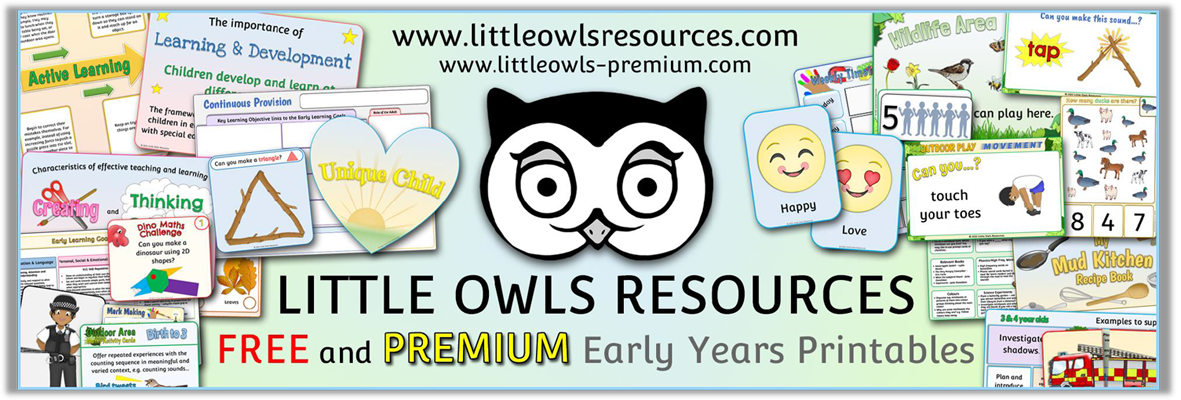





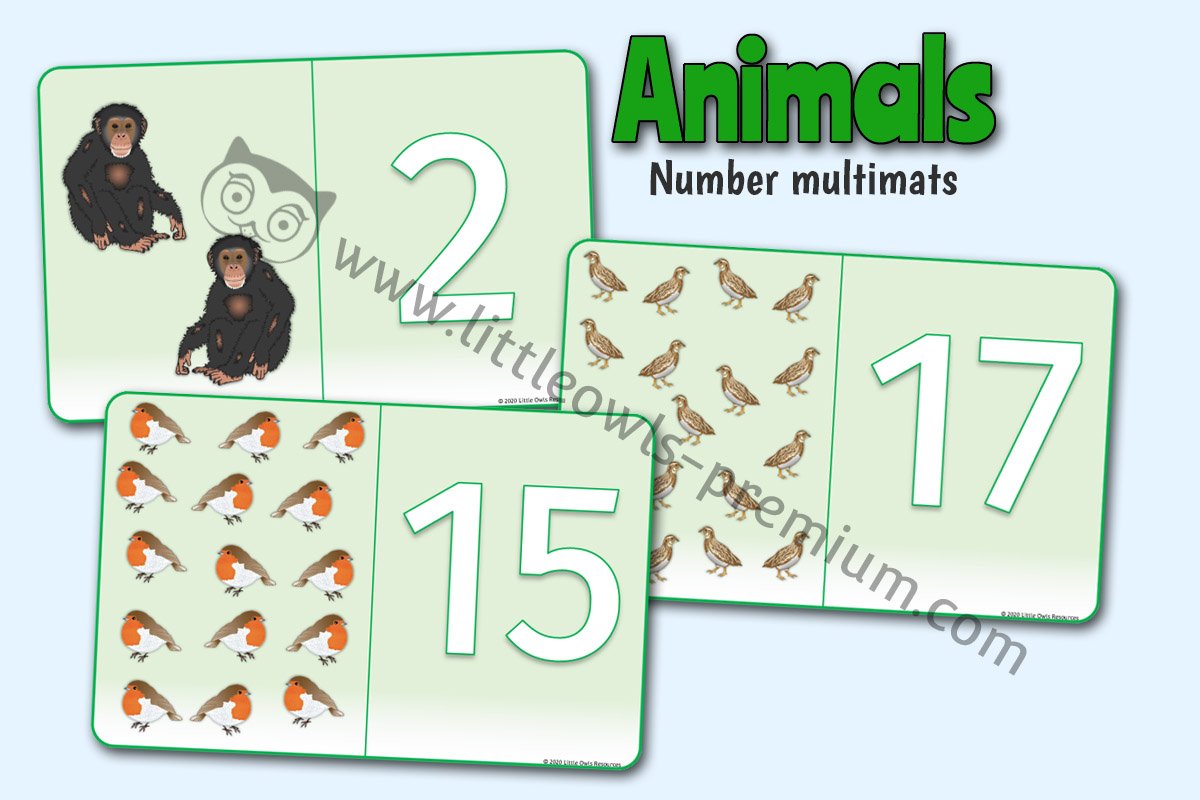















































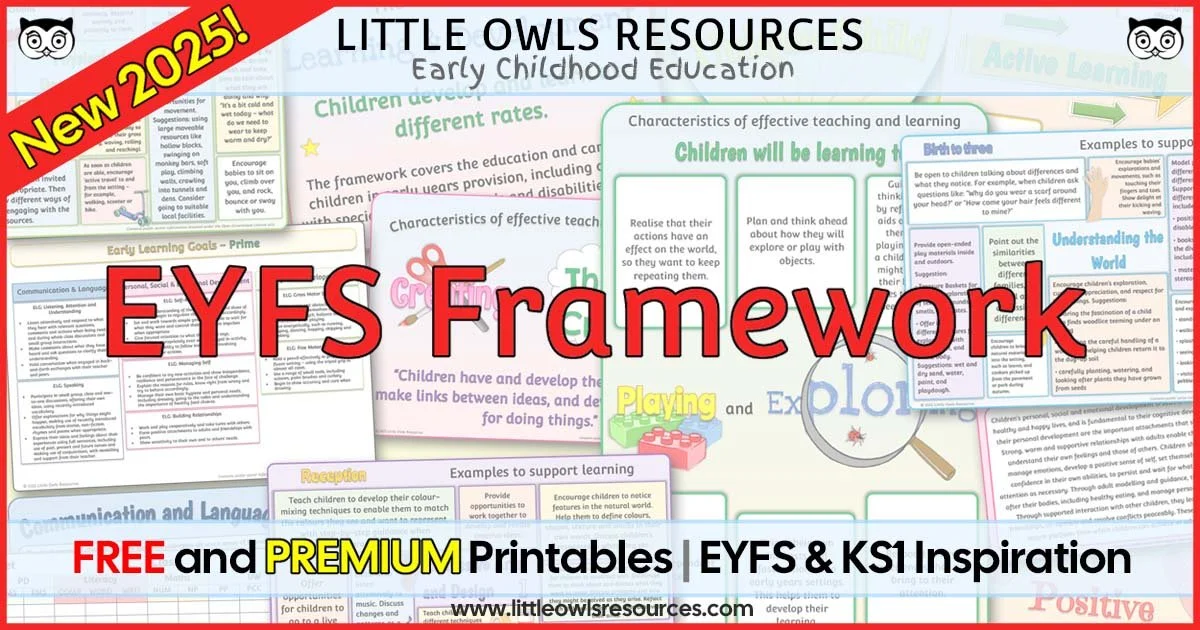

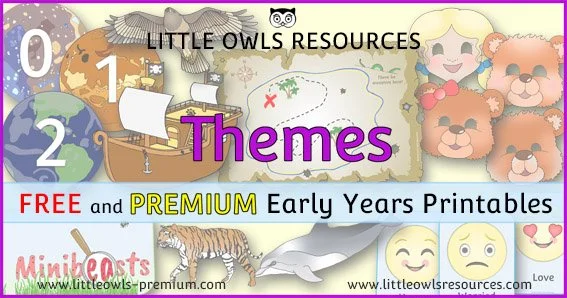

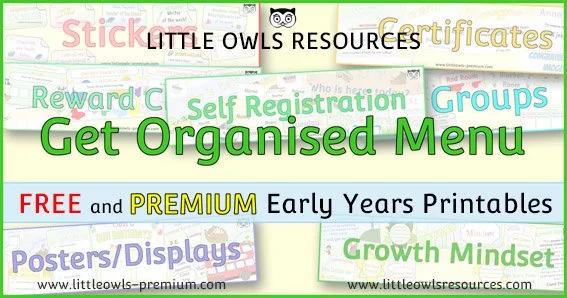


Splish, splash! National Beach Day, observed annually on August 30th, is a wonderful opportunity to celebrate our beautiful coastlines, sandy shores, and the vibrant life found in and…